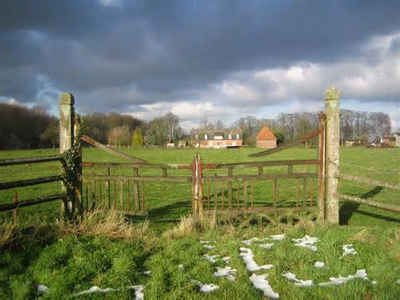Louisiana Parishes
Louisiana is divided into sixty-four parishes. On March 31, 1807, the territorial legislature divided the state into 19 parishes, without getting rid of the old counties (which continued to exist until 1845). In 1811, a constitutional convention organized the state into seven judicial districts, each consisting of groups of parishes. In 1816, the first official map of the state used the term, as did the 1845 constitution. Since then, the official term has been parishes.Lafayette Parish, Louisiana
Lafayette Parish History, Geography, and Demographics
Lafayette Parish is a parish located
in the state of Louisiana. Based on the 2010 census, the population
was 221,578. The parish was founded in 1823. The
parish seat is Lafayette. Lafayette Parish is
named in honor of the Marquis de Lafayette, the French general
who rendered assistance to the Continental Army in the American Revolutionary
War.
Lafayette Parish is part of the Lafayette, LA Metropolitan Statistical Area.
Etymology - Origin of Lafayette Parish Name
The parish was named in honor of Marquis de la Fayette, the French general who rendered assistance to the Continental Army in the American Revolutionary War.
Demographics:
County QuickFacts: CensusBureau Quick Facts
Lafayette Parish County History
Lafayette Parish was created on January 17, 1823, from St. Martin Parish
and the parish was named in honor of Marquis de la Fayette. The Parish seat
is Lafayette.
Early historians report that a few trappers, traders and ranchers were present
in the region prior to the Spanish occupation of 1766. The first settlement
in south-central Louisiana, known as Petit Manchac, was established by the
English who used it during the Revolutionary War as an outpost. It constituted
a small trading post on the banks of the Vermilion River where the Old Spanish
Trail crossed the bayou (about where today's Pinhook Bridge is located). The
village also came to be known as Pin Hook, a name about which many stories
of origin exist.
The historical event which had the greatest cultural impact on Lafayette was
the migration of the Acadians from French Canada after "Le Grand Derangement"
in 1755. Most of the exiled Acadians followed the path which led to New Orleans.
There they received a hostile greeting from the French aristocracy so they
headed west into unsettled territory. They settled along the bayous of south
central and south western Louisiana where they could live according to their
own beliefs and customs. With the Louisiana Purchase of 1803, Louisiana then
became possession of the United States.
In 1821, Jean Mouton (an Acadian) donated land for the construction of a Catholic
church. On May 15, 1822 Bishop Duborg created the church parish of St. John
the Evangelist of Vermilion which encompassed the area from Mouton's plantation
south to the Gulf of Mexico and west to the Sabine River.
St John's Cathedral 1880
The settlement grew around the church. Mouton made a second land donation
to the new community, this time for a courthouse. The town of Vermilionville
became the new parish's seat. The settlement grew and the town of Vermilionville
was renamed Lafayette in 1844 in honor of the French Marquis de Lafayette.
Geography: Land and Water
As reported by the Census Bureau, the parish has a total area of 269 square miles (700 km2), of which 269 square miles (700 km2) is land and 0.5 square miles (1.3 km2) (0.2%) is water.
Lafayette Parish is located close to the center of Louisiana. Part of the Jean Lafitte National Historical Park and Preserve is located in this parish. There are many natural streams in Lafayette Parish. The Vermilion River, flows through Lafayette Parish. The Vermilion River starts north of the parish at Bayou Fuselier taking its headwaters from the Teche River, wanders south and empties into Vermilion Bay. This parish is the fifth-smallest parish in Louisiana by land area and third-smallest by total area.
Neighboring Parishes
Bordering parishes and counties are as follows:
- North: St. Landry Parish
- East: St. Martin Parish
- Southeast: Iberia Parish
- Southwest: Vermilion Parish
- Northwest: Acadia Parish
Education







